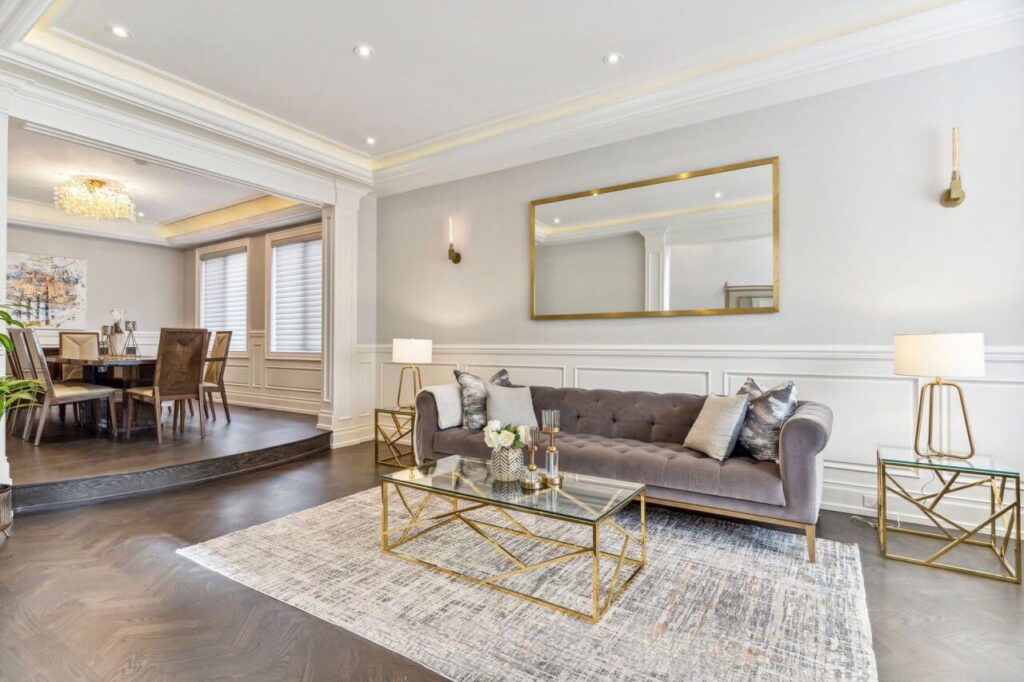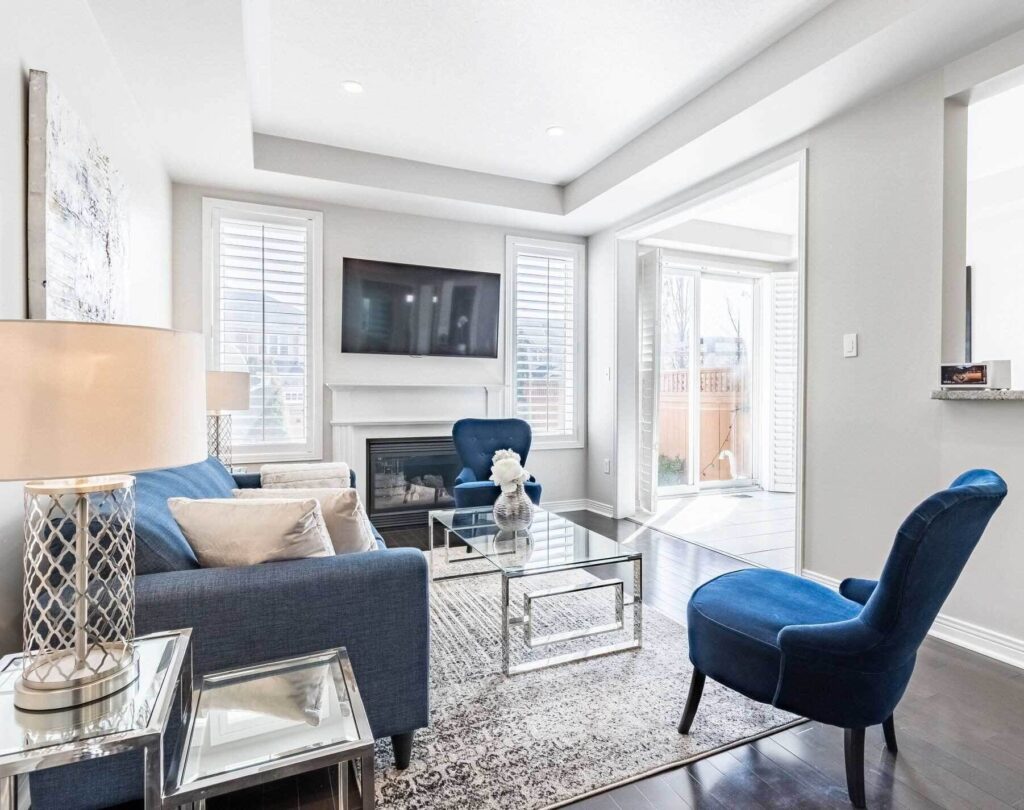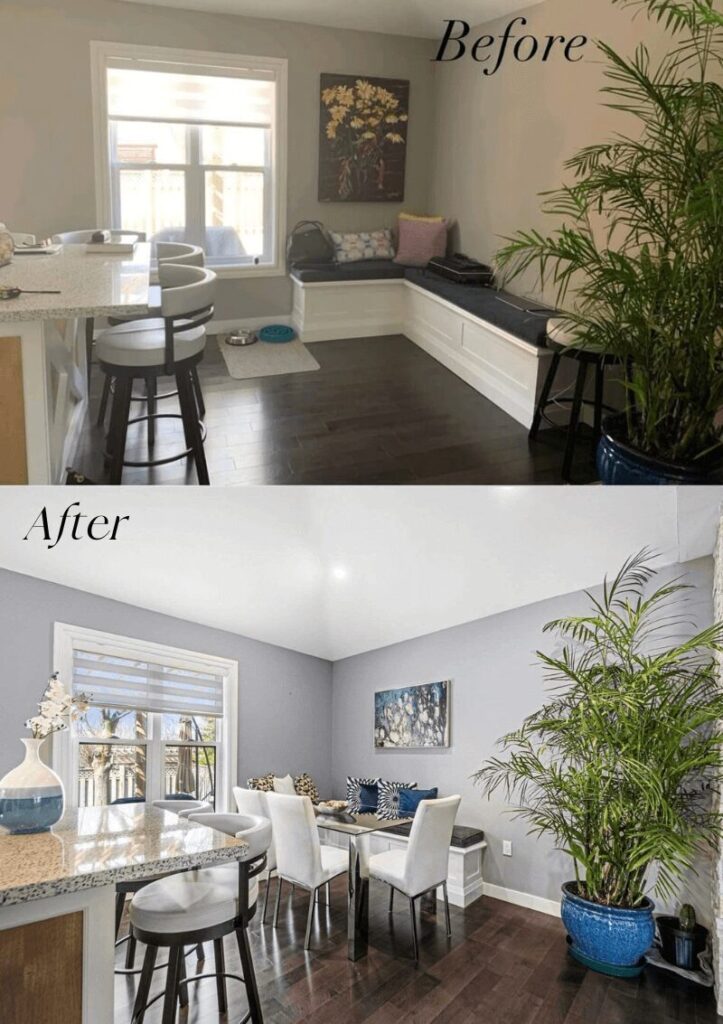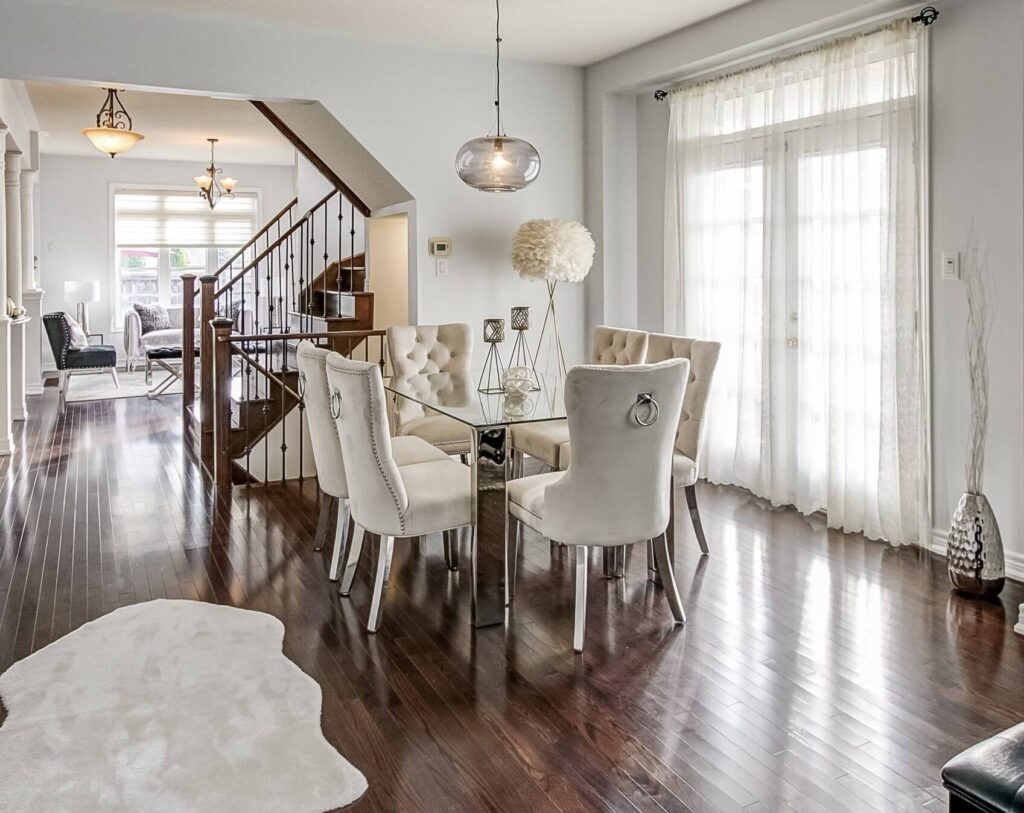RESA® Member, Mahshid Soufi is the visionary behind Soufi Staging and Design. In her early years, Mahshid experimented with her design skills by working on her bedroom, followed by the spaces of her loved ones. Eventually, Mahshid found her true calling in interior design, and proceeded to pursue it as a career.Mahshid polished her skills by earning certificates in interior design, home staging, decoration, vacation rental design, and marketing.
I’ve truly enjoyed staging a variety of homes, each with its unique layout, whether they were occupied or vacant. I made it a point to create a customized design for every project, aligning it with the area’s demographics and the potential buyers’ lifestyles.
Today, Mahshid takes pride in collaborating with clients to transform spaces into a breathtaking and meaningful sanctuary that resonates with homeowners and buyers.
The Home Stager’s Perspective: A Conversation with Mahshid Soufi
Q: How does your commitment to RESA®, the exclusive nonprofit trade association for stagers, align with your professional goals and values?
Mahshid: Being part of RESA® allows me to stay updated with the latest industry practices, network with industry professionals, and continually improve my skills and knowledge. I’m committing to deliver top-quality staging services and ensuring client satisfaction.

ALL PHOTOS PROVIDED BY SOUFI STAGING AND DESIGN
Mahshid: As a decorator and designer, I have always been passionate about creating visually captivating and inviting spaces. Upon discovering the home staging industry, I recognized an opportunity to apply my skills in transforming people’s homes into welcoming and visually appealing spaces, helping them sell their home faster and easier.
Q: Take us back to your very first day on the job as a home stager. What were your feelings, expectations, and the most memorable moments from that day?
Mahshid: On my first day, I remember experiencing a blend of excitement and concern. I was eager to apply my design skills but in a different way and with a different purpose. As I completed the job, I witnessed the immediate transformation that home staging can bring. The old and messy house turned into a beautiful, welcoming, and vibrant space.
Q: How has your perception of the staging industry evolved since you started?Mahshid: I understand the broader impact of staging on not just the aesthetics but also on the overall marketability and value of a property. Now I know that staging can create an emotional connection for potential buyers.

Q: Would you share some insights into your creative process? Where do you typically find inspiration for your staging designs, and how do you translate that into your work?
Mahshid: My creative process often begins with a understanding of the property and its target demographic. I draw inspiration from various sources, including current design trends, a piece of art, or even the building elements that are already in the house.
Q: Prior to entering the staging industry, did you have a different career path or profession? If so, please share some details about it. How have the skills and experiences from your previous career uniquely equipped you for success in the world of staging?
Mahshid: My background in the interior design industry has significantly contributed to my success in home staging. These are the main skills that helped me in home staging: strong understanding of design principles, space planning, furniture and decor selection, color and lighting expertise.
Q: Can you recall a particularly challenging staging project? What obstacles did you face, and how did you overcome them?
Mahshid: Unusual layout that made furniture placement and flow difficult; used multifunctional furniture and strategic placement to maximize the available area. Occupied homes with pet; consider furniture and decor options that are more resistant to wear and tear.

“I encountered a staging project with an undefined and inadequate dining area. The open kitchen featured a narrow countertop covered by cabinets, making it unsuitable for accommodating high chairs. Additionally, there was a built-in nook along the wall opposite the kitchen that served no practical purpose in that space. Given its built-in nature, I decided to use it as a dining seat. I brought a small, narrow glass dining table and paired it with two dining chairs to create a charming and cozy dining area within the nook right in front of the kitchen area.”
Q: Staging often involves collaboration with real estate agents. Could you share some insights into how effective communication and partnership between stagers and agents can lead to successful property sales?
Mahshid: Effective communication and collaboration between stagers and real estate agents ensures a great experience for clients. It helps us understand the client needs, property selling goals, and proper preparation and timelines.
Q: Staging can transform a property, but it’s not just about aesthetics. How do you balance design principles with the practical aspects of making a home more marketable?
Mahshid: Highlighting key features by drawing attention to them , choosing furnishings that shows the practicality of each room, decluttering suggestions.
Q: Could you share a memorable success story where your staging made a significant impact on a property’s sale price or time on the market? What were the key elements that contributed to that success?
Mahshid: I have had stagings that reduce the time the property spent in the market, sells over asking , and sells in a very slow market. The key element of these success was properly showcasing the best features of a property, carefully curating and staging design to create an inviting atmosphere.

Q: The staging industry often requires adaptability and flexibility. How do you stay current with market demands and changing client preferences? What strategies do you use to continuously improve your skills and stay competitive?
Mahshid: Try to attend industry workshops, seminars, and online courses. (especially the ones offered by RESA®), get clients feedback, market research.
Q: Beyond aesthetics, what do you believe are the most important qualities or skills that a successful home stager should possess? How have these qualities shaped your own career?
Mahshid: Communication skills, adaptability, time management.
Q: If you have a team of home stagers, could you share some insights into your approach to team management? What strategies do you use to ensure cohesion and consistent quality across your projects?
Mahshid: Clear communication with team members to understand their responsibilities and training.
Q: How can real estate agents better communicate the value of staging to their clients, and what role can they play in making the staging process smoother and more effective?
Mahshid: Educating clients and showcasing success stories!
You can learn more about Soufi Staging & Design at https://soufihomedesign.ca/
- Messy Branding, Messy Business: Key Takeaways from Laurie Graham’s Webinar - February 24, 2025
- Key Takeaways from Holly Gosa’s Exclusive RESA® Webinar - January 8, 2025
- Ultimate 2025 Success Plan for Stagers: Insights from Marianne Cherico - December 28, 2024


